Snuggled on the remote coast of Cumbria, on the edge of England’s Lake District, lies the ancient Roman naval base of Glannoventa. Situated at the natural harbour at the mouth of the River Esk, it provided our ancestors with ready access to the Irish Sea.
Glannoventa1 must have been a bustling place in its day, situated 12 miles from the high-up fort of Mediobogdum (Hard Knott) and just 55 miles from Maia (Bowness-on-Solway) at the western end of Hadian’s Wall.
These days, Glannoventa is a sleepy village with little sign of commercial activity, save for a couple of hotels. We know it as Ravenglass, and it is home to one of the most unusual steam railways in the British Isles, the Ravenglass & Eskdale, affectionately known to locals and the wider band of enthusiasts as “La’al Ratty”.
The Ravenglass & Eskdale is a 15-in (381mm) narrow-gauge railway which runs for seven miles along the Eskdale valley to the village of Boot. The village lies at the foot of Scafell which, together with nearby Scafell Pike, constitutes England’s highest mountain. At 3,209 ft (978 metres), though, it’s vertically challenged by international standards. Yet to the little picture-perfect 15in steam engines of La’al Ratty it probably looks just like Everest.
The village of Ravenglass, despite its tiny size, boasts two railway stations. The first is the stop on the main Cumbrian coast railway. The other, cheek by jowl, is the terminus of the R&E. This conjunction is significant because it was where the La’al Ratty’s predecessor, a 3ft gauge railway known as Owd Ratty (Old Ratty), transferred hematite ore to the main Cumbrian coastal line. This, in 1876, was the first public narrow-gauge railway in England.
Owd Ratty
It wasn’t all plain chuffing for Owd Ratty. The company went through a series of financial and operational problems, and it was always under threat of closure.
The coup de grâce came in 1905 when a passenger train was derailed at Murthwaite due to a combination of a defective locomotive and ill-maintained track.
By 1908, the track-work was in such poor condition that it was declared unsafe for passengers by the Board of Trade. The railway closed to passengers that year. Following bankruptcy and a gap of seven years, the present ultra-narrow-gauge railway was opened in 1915.
Model railway enthusiasts will be fascinated to read that this new miniature line was constructed by the model maker Wenman Joseph Bassett-Lowke and his business partner Robert Proctor-Mitchel. The first train operated over the re-gauged line on 28 August 1915, running initially to Muncaster Mill. By 1917, the entire line had been converted, and trains were running along the whole length to Boot.
Escape from bondage
Having been confined to London and the South-East for much of 2020, my thoughts turned to on a mini-scale tour. No flights to the USA, Australia or Patagonia for me this year; even little Switzerland was too adventurous by far.
After all these months of covi-confinement, a drive up the Lake District had the makings of high adventure. I wasn’t disappointed, and I doubt I could have gained more satisfaction from a trip to the furthest of continents. La’al Ratty was the first stop on my little drive. More next week.
For, you see, La’al Ratty holds an exceptional place in my heart. As a little boy, I travelled this railway dozens of times and, to me, it was the most wonderful railway in the world. My sole ambition in life was to be a train driver on La’al Ratty.
I lay awake at night, mentally pulling and pushing all those brass levers and knobs, chuffing into the evocative intermediate stations such as Irton Road, Muncaster Mill, Murthwaite Halt and Beckfoot. I was fascinated that this was, and still is, a public railway, operating a scheduled service for locals as well as hosting thousands of tourists every year.
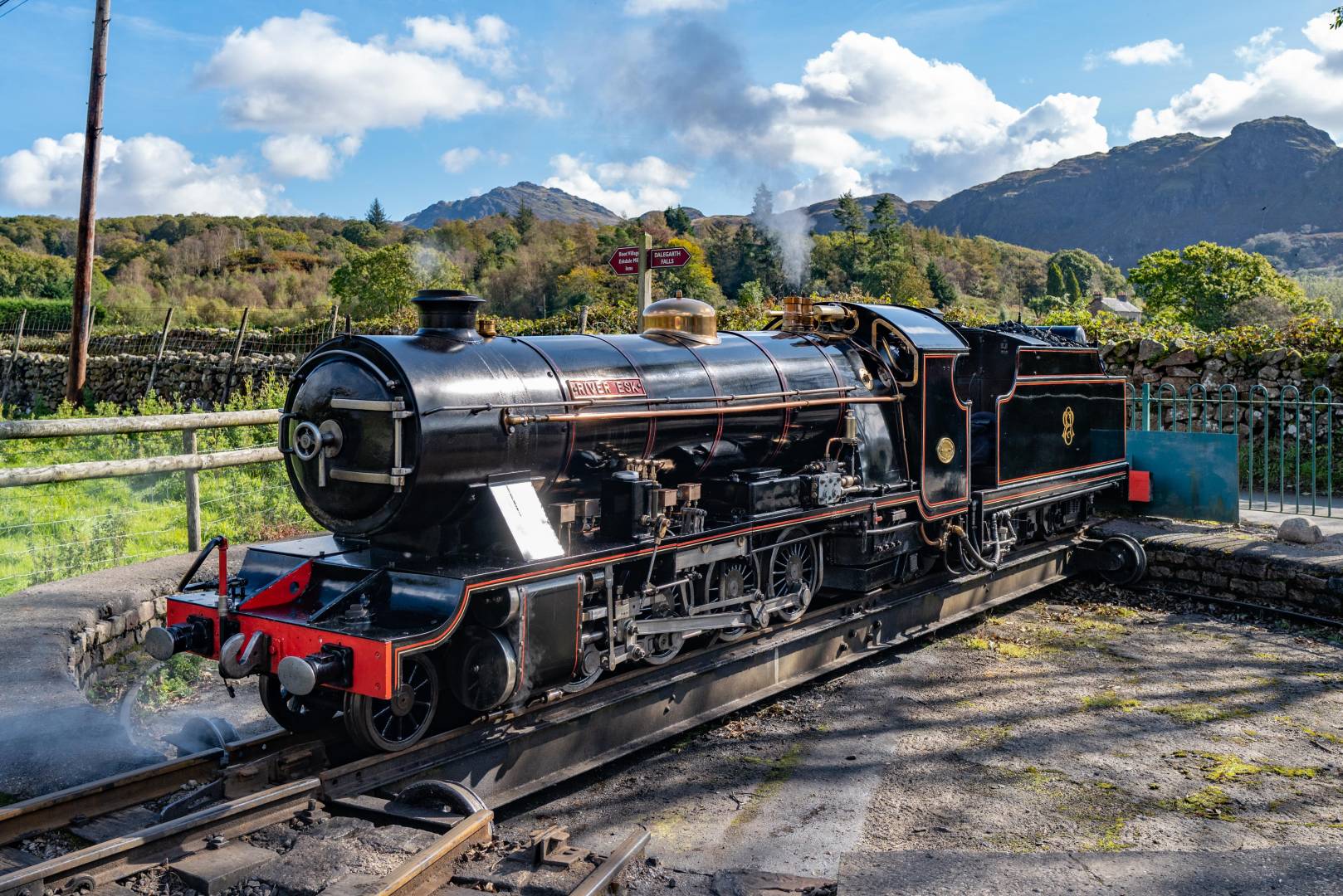
La’al Ratty
It was thus appropriate that I returned to La’al Ratty to celebrate my first journey on the line at the age of seven. On that distant occasion, I was under the aegis of my old grandmother. As a miniature human, naturally, I found the miniature railway to be tall and imposing.
During my school holidays (when the sun was always shining, as I remember), we would take a weekly season ticket covering all the railways in Cumbria, which included the R&E and, even, the steamers on Lake Windermere. We could travel up and down on La’al Ratty all day. I thought that wheeze was absolutely wonderful and I couldn’t get enough of it. I don’t know about my long-suffering grannie, but she made the sacrifice. I must have been an engaging child.
This visit, unfortunately, was somewhat clouded by the ever-present shadow of Covid-19. Ugly plexiglass screens had separated the glorious open-plan four-seater compartments. Sadly, needs must when the Devil drives… And face masks were obligatory. Nonetheless, it was a glorious experience, taking me back to the middle of the last century when a seat in the first compartment behind one of the two engines, Irton Road or River Esk, was the high point of my little life.
Next week, I shall be relating the second part of my visit to the Lake District: Another heritage railway and those wonderful lake steamers, a touch of Como in Cumbria.
More reading
Ravenglass and Eskdale Railway website
Steam engines on the Ravenglass & Eskdale
Ravenglass and Glannoventa
Hard Knott Pass and Mediobogdum
The Lake District
Following this article, my old friend Don Morley recalled a trip through the notoriously difficult Hard Knott pass, above Boot village on the western side, in the early 1950s. He was with his girlfriend Jo—now his wife of over 60 years—on a BSA B31 motorcycle with dropped, racing-style handlebars. It was hardly the form of transport, especially with a pillion passenger on board, for the steep hills and narrow roads of the Hard Knott. Here is Don’s photograph, taken on the Hard Knott, which hasn’t seen the light of day for over 60 years. It was taken on a Leica IIIb screw-mount with a 5cm f/2 Summar lens.
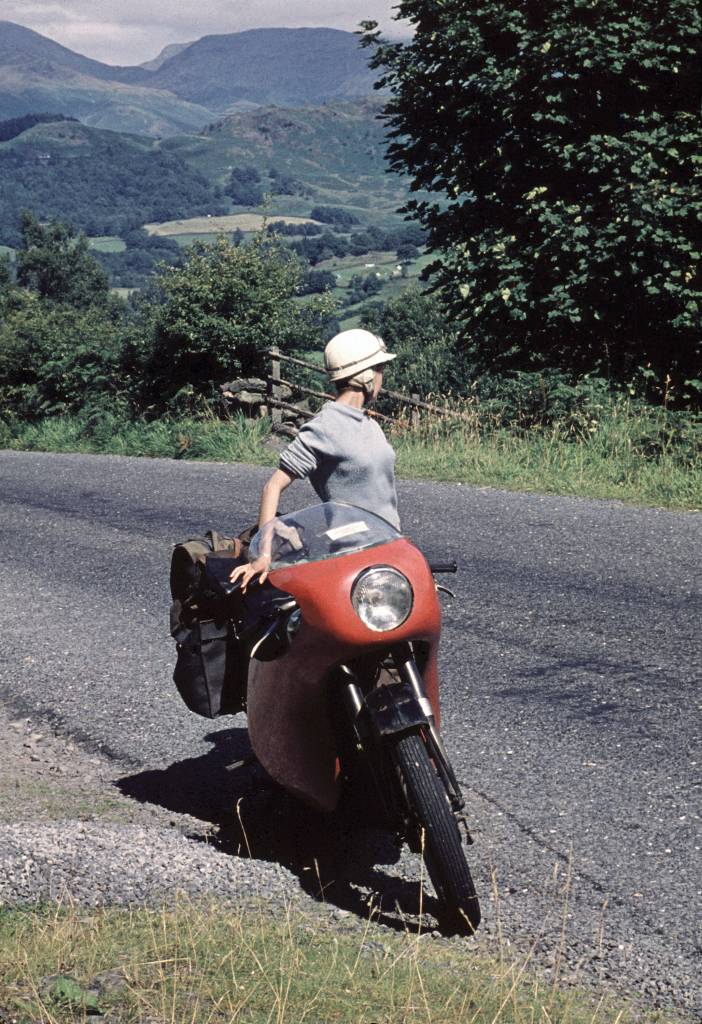
Photographs by Mike Evans using the Leica Q2
- As usual, the scholars differ. The consensus is that Ravenglass was called Glannoventa but others maintain that it was actually Tunnocellum. But let’s not spoil a good story… ↩

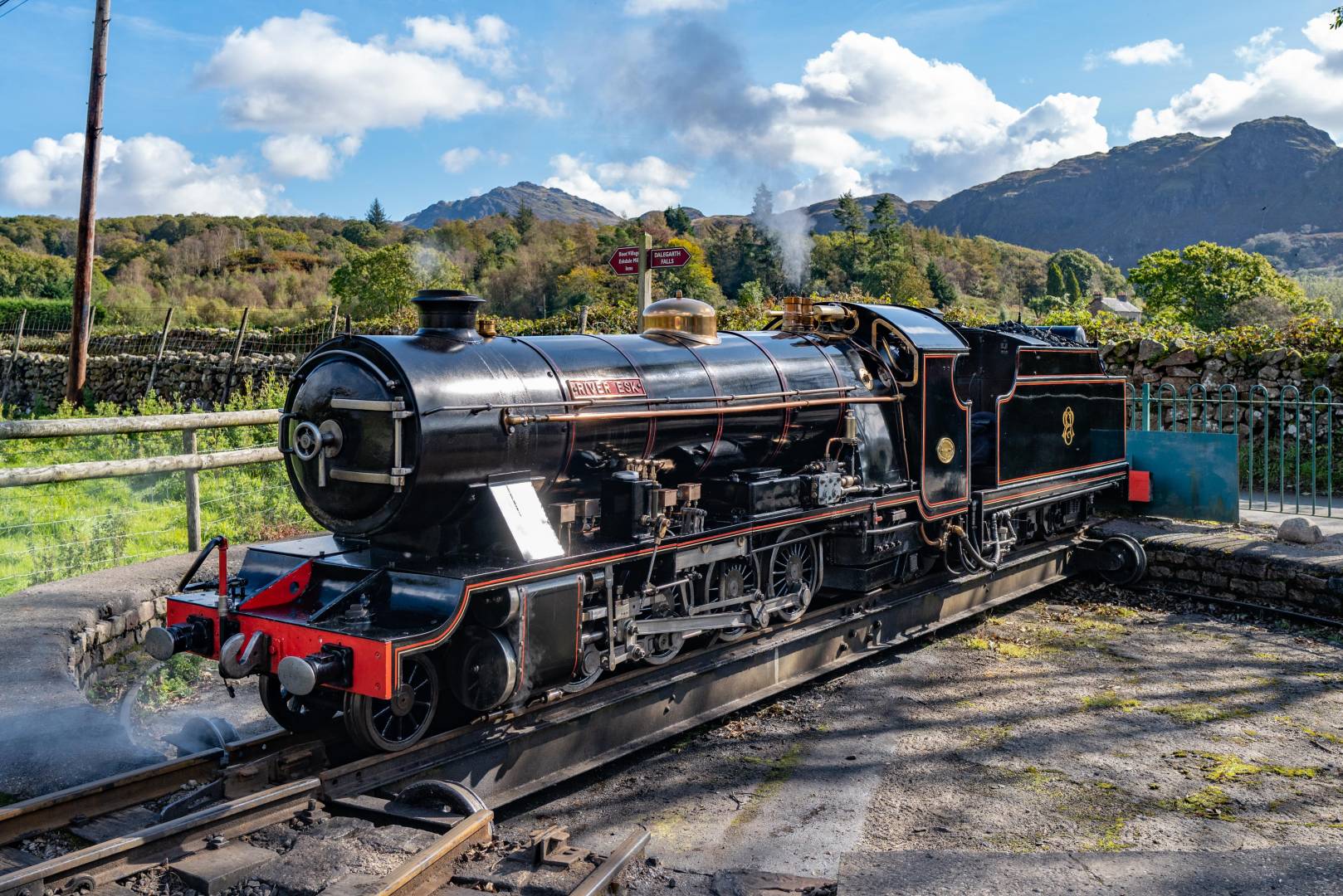
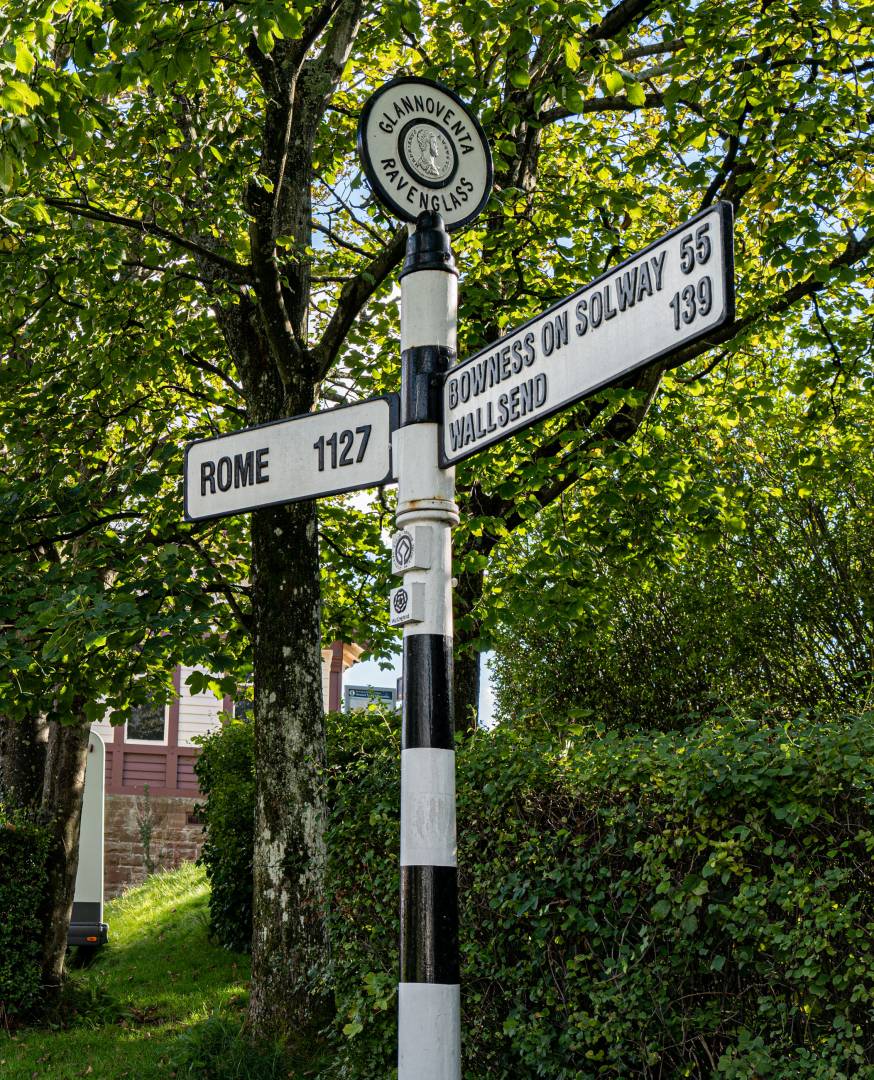
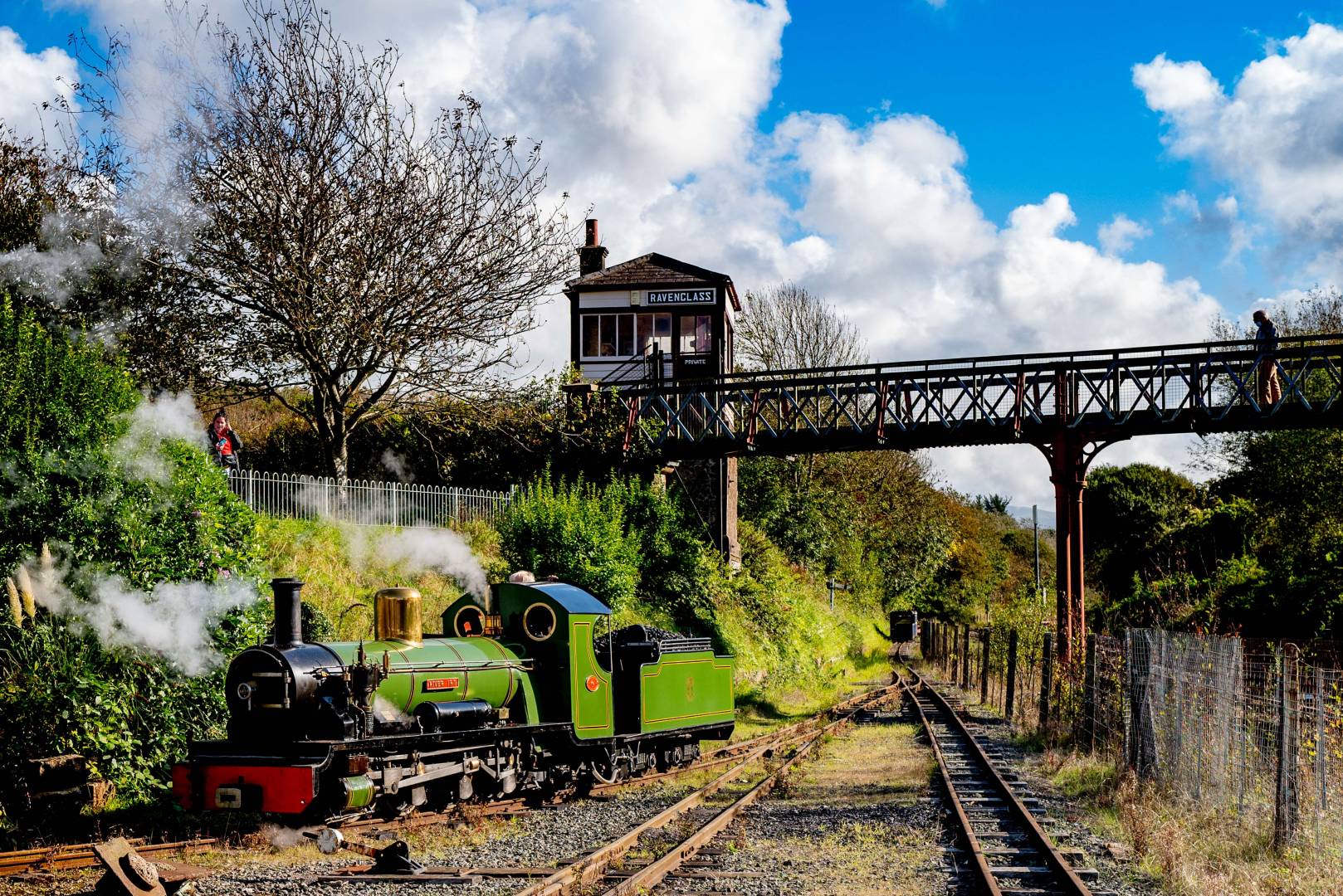
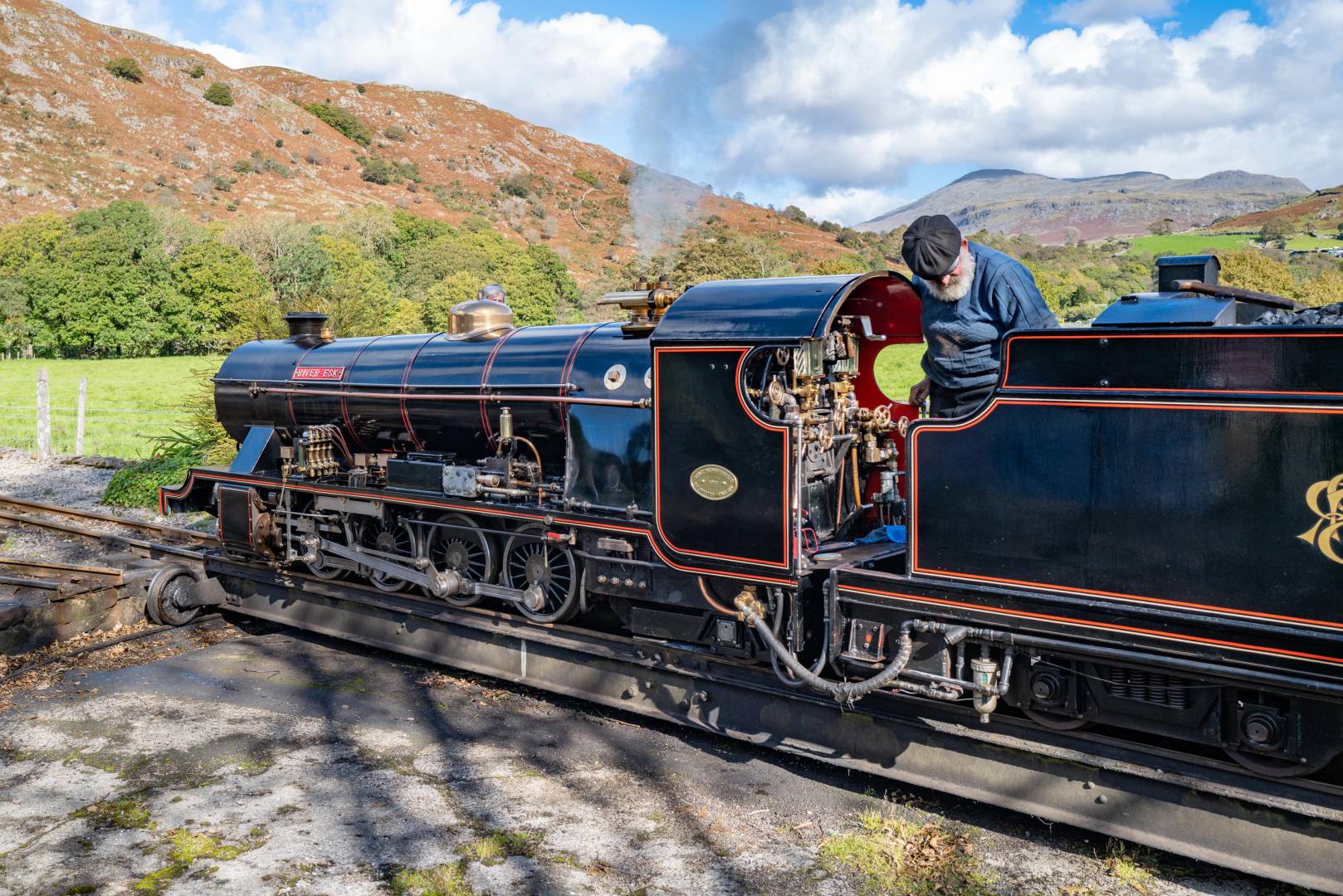
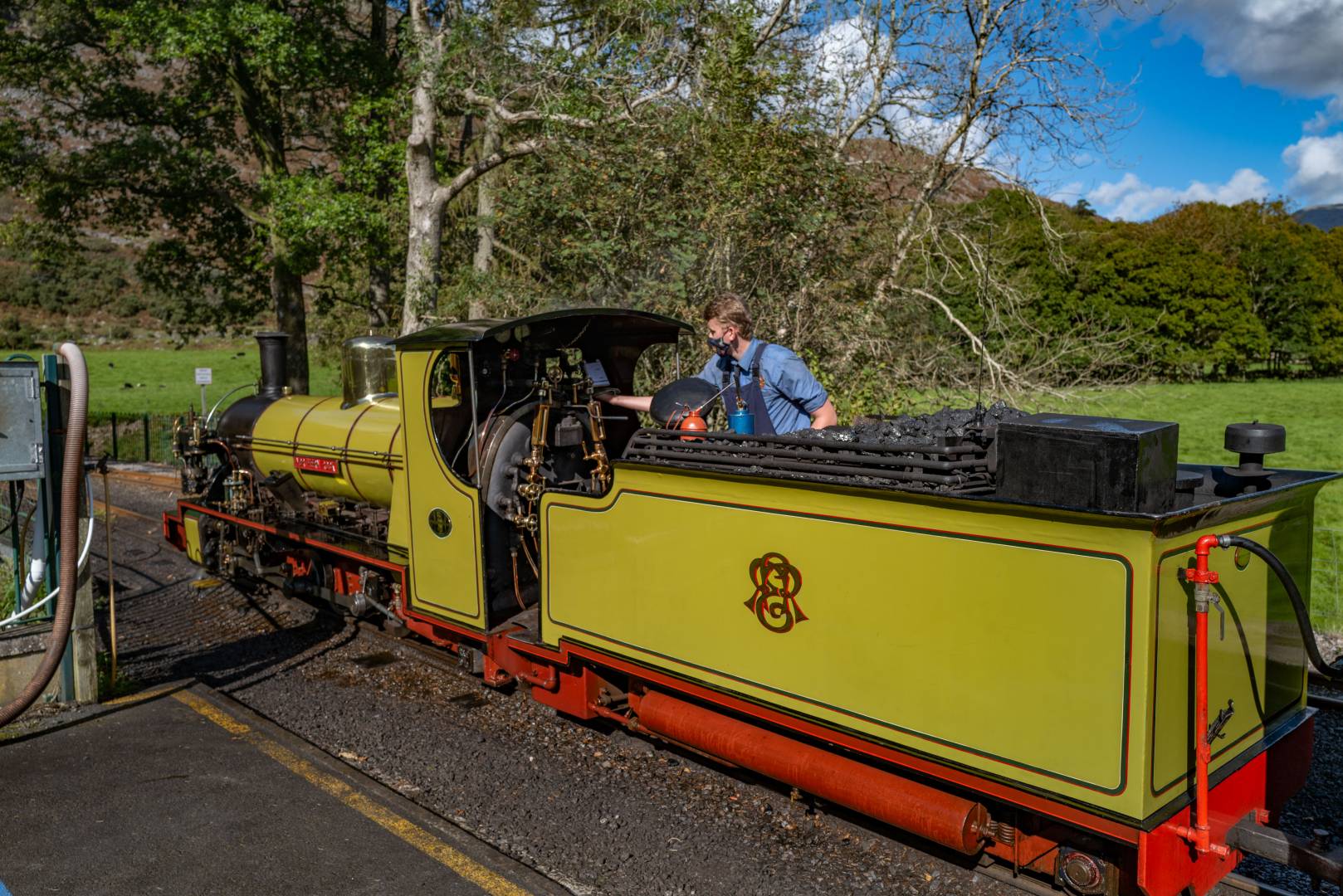
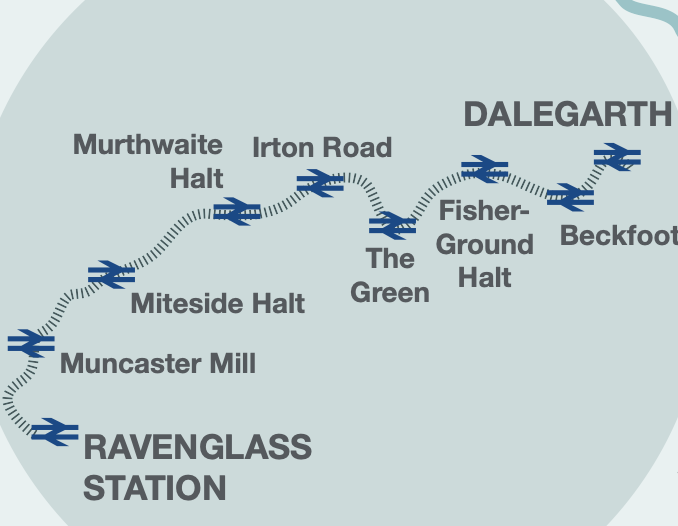
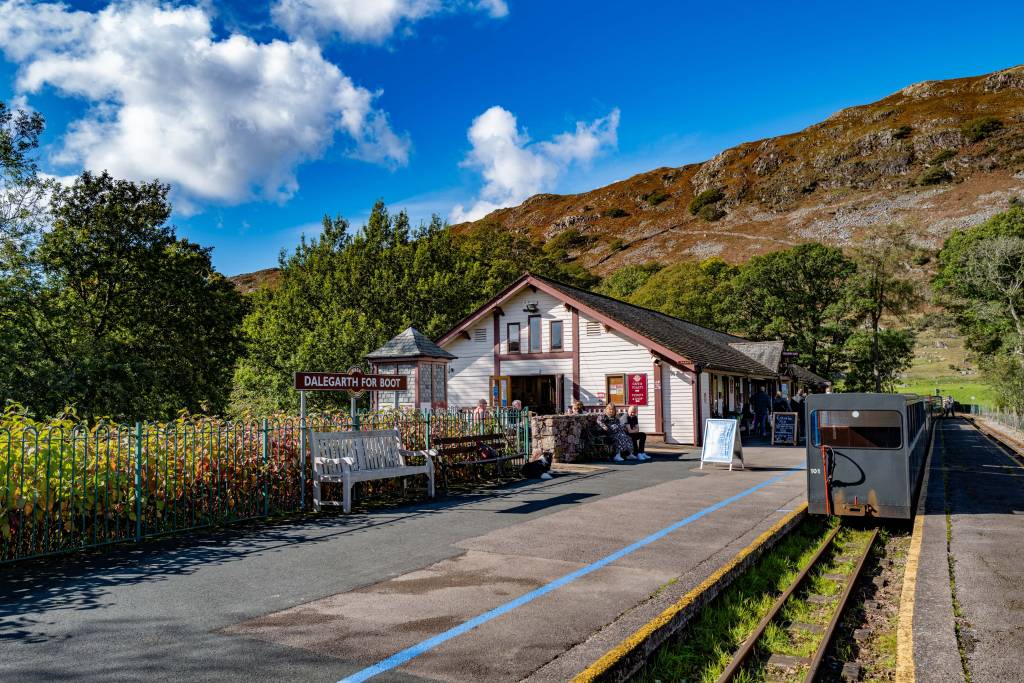
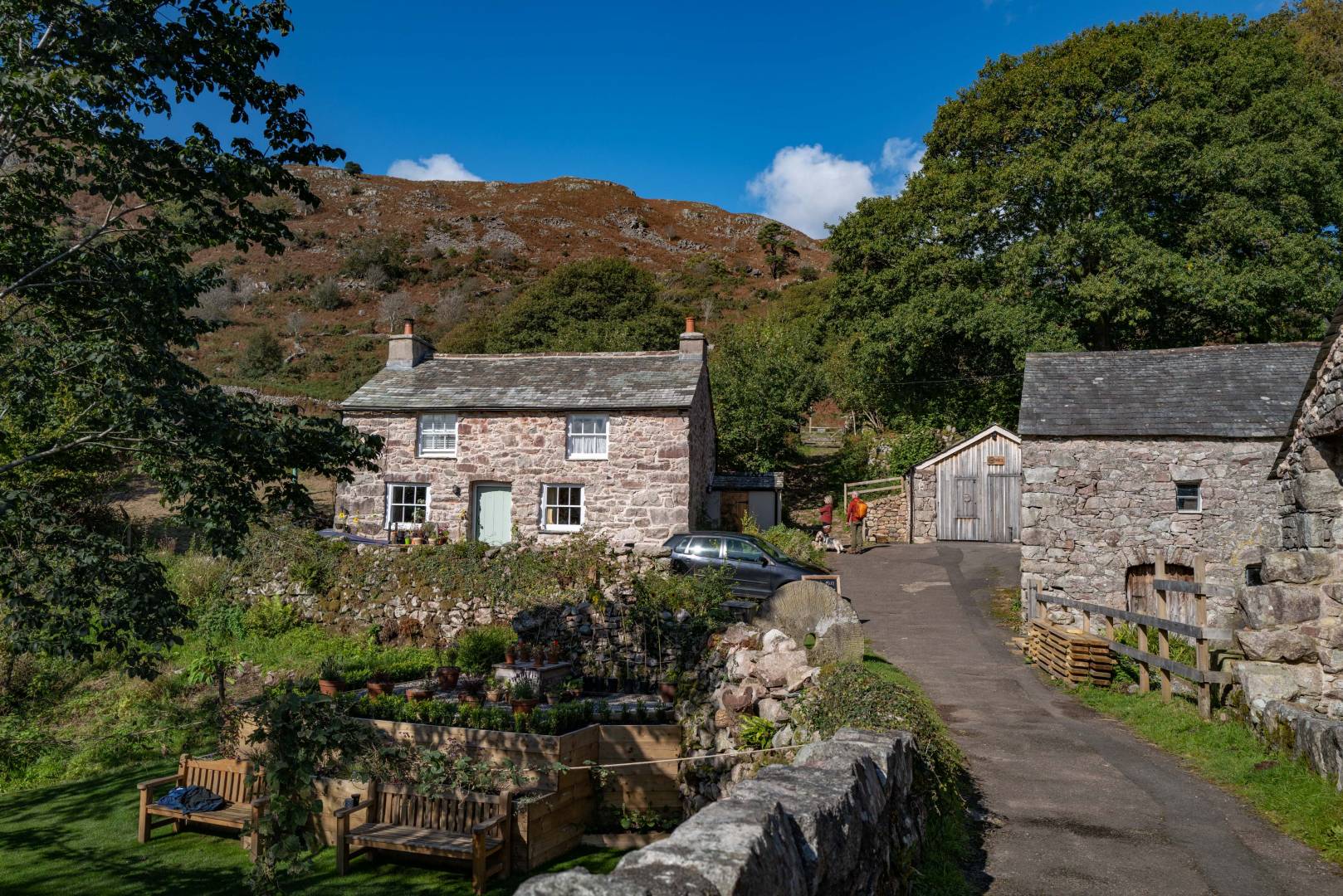
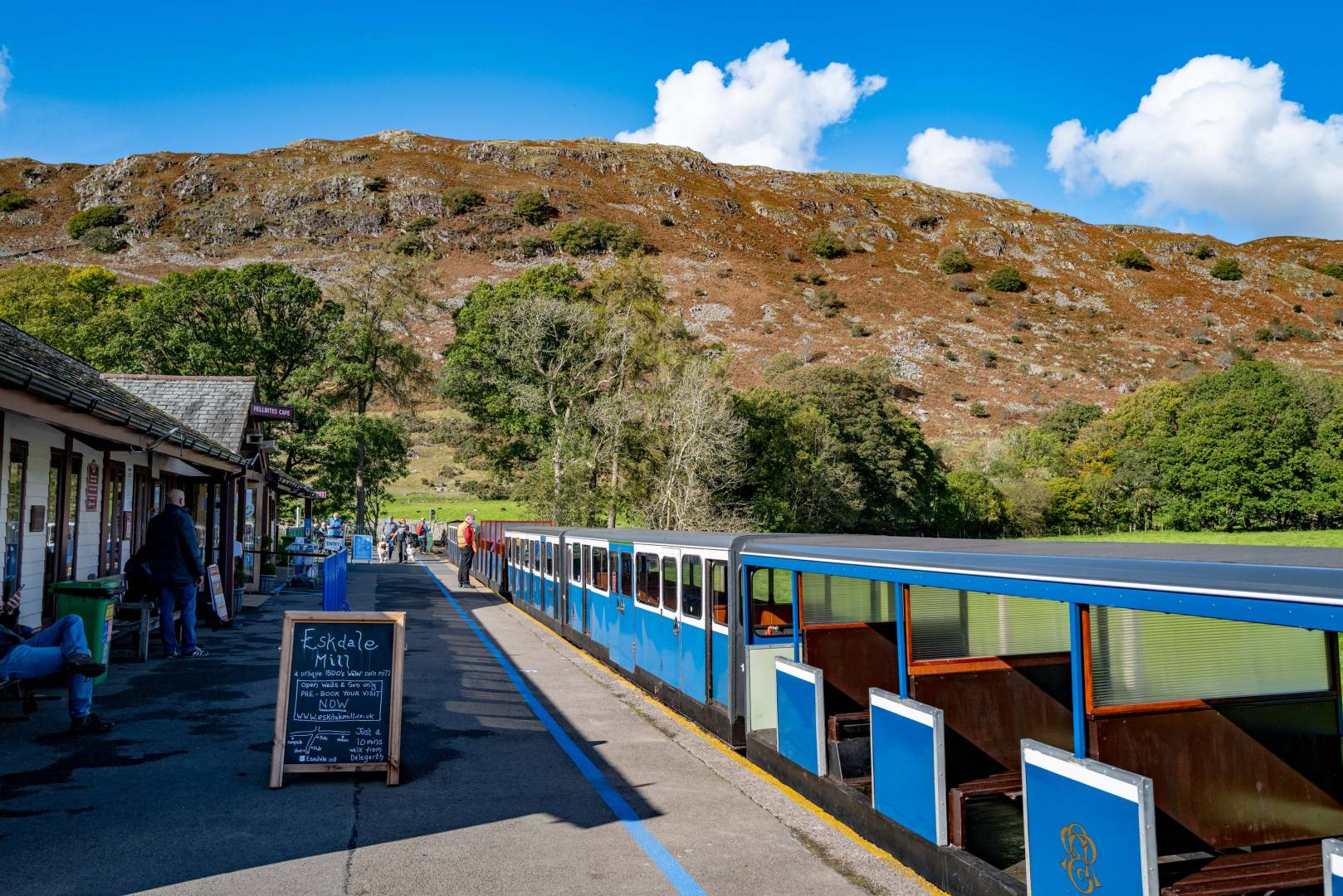
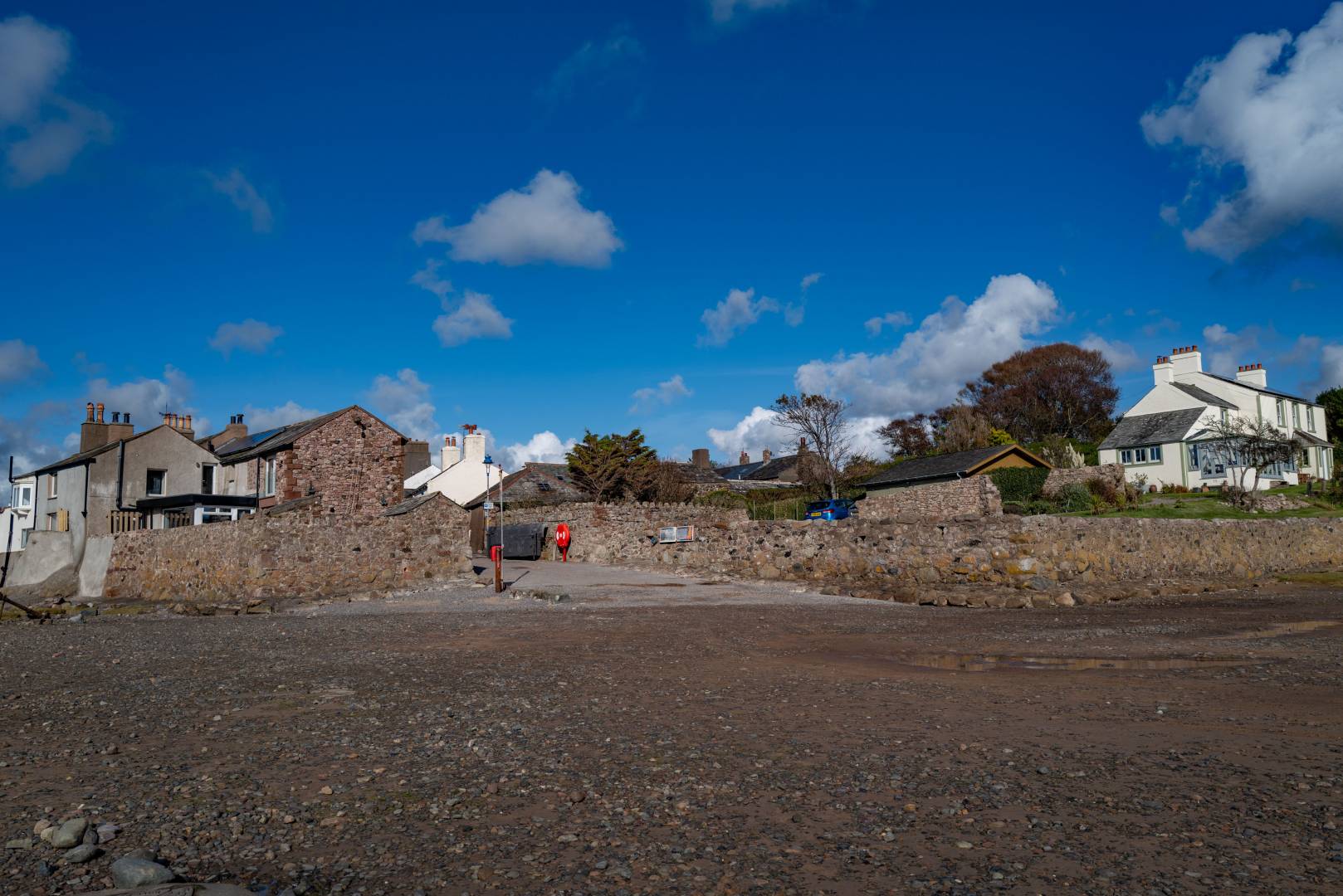
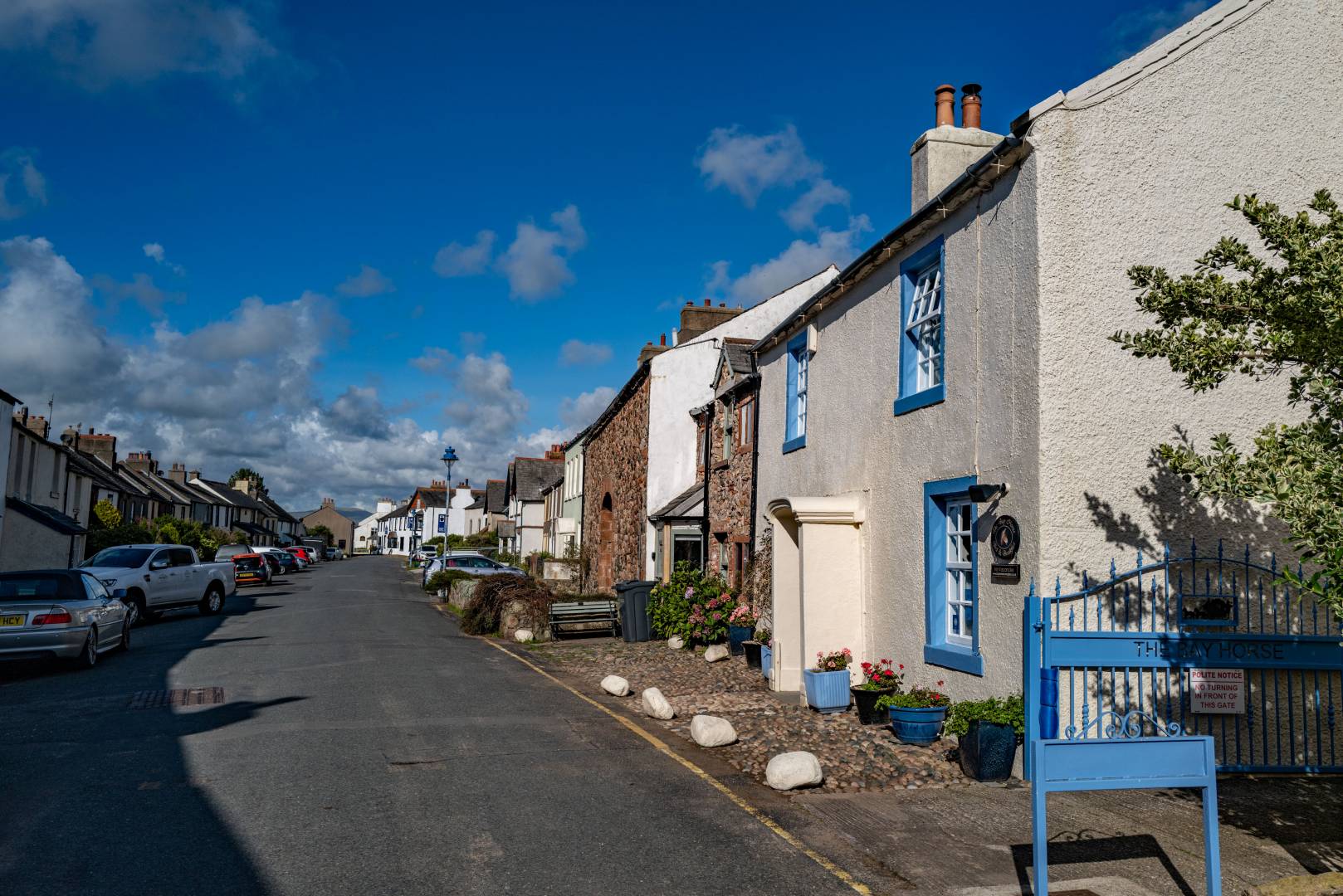
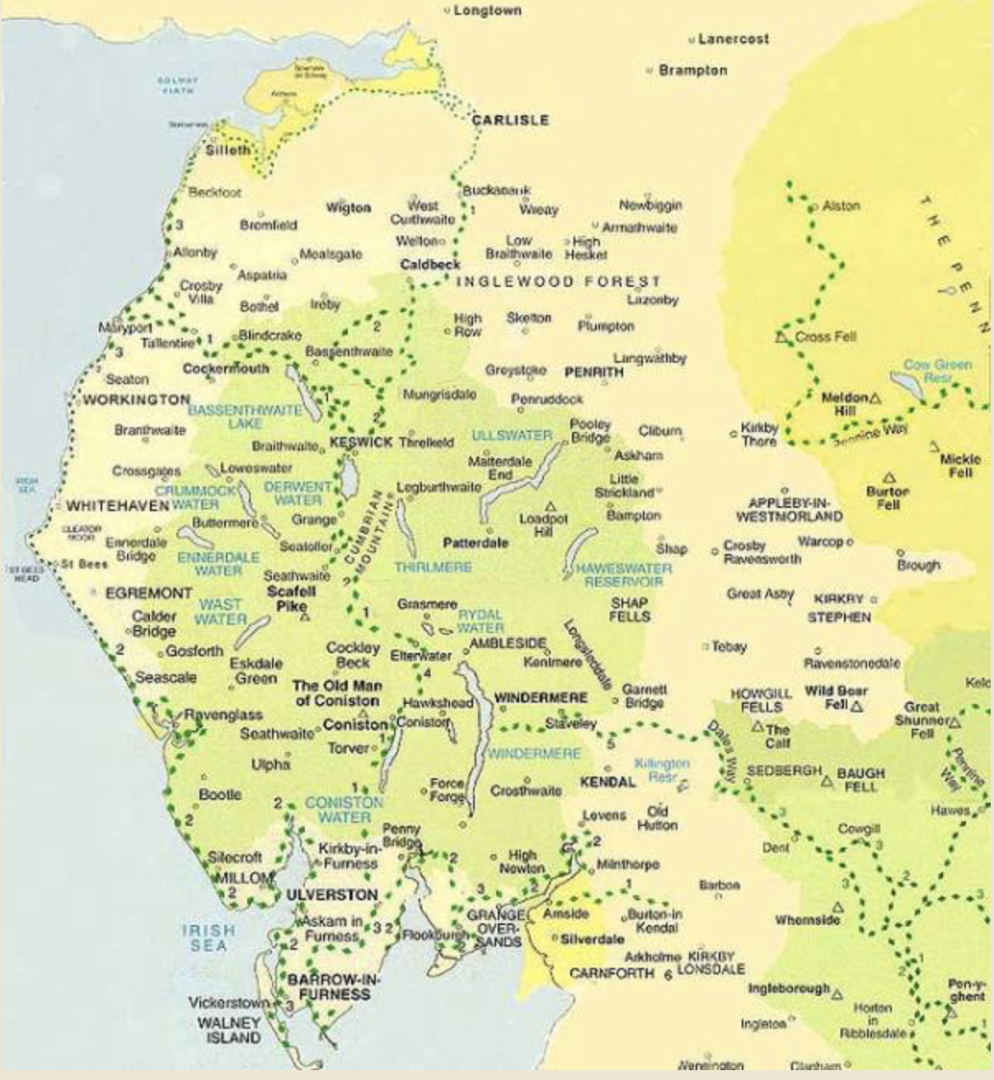
About 25 years ago I was working on some feature articles on Muncaster Castle and the Ratty in Cumbria . One in particular, I recall, was a business feature for the Times newspaper on the railway engineering works in Ravenglass where they were building a version of River Irt, for export to a theme park in Japan. That was an extraordinary achievement for a small heritage railway. I seem to recall that they even had an apprenticeship scheme.
Thanks, David. So there is a Ratty in Japan no wonder if it is still running. Stephen or any of our other Japanese-based readers might know.
Hello again Mike, Jo and I did it on a Circa 1952 Plunger rear suspension and very poor 7″ Braked 350cc BSA B31 loaded with luggage as well as rather stupidly being fitted with dropped handlebars and a full racing fairing which I was supposedly testing the fairing for a magazine, I still have a picture of it taken whilst taking a pause mid pass.
Now that would be interesting. Can you send a copy?
Super article and super pictures. Thanks Mike from a fellow heritage railway lover, and incidentally you should try that Pass two up on a heritage motorcycle it is a heart in the boots job. Keep up the good work and best wishes, Don
Thanks, Don. I did once do the Hard Knott on a motorcycle, but solo. I think it must have been a BMW RS1100. But the brakes were better than on Harry Louis’s BSA Golden Flash which I once rode to the Dragon Rally at Gwyrch Castle near Llanberis. Middle of winter, too!
Gives a whole new meaning to a phrase used in US when people didn’t have fare they “Rode the Rails”,it means they stole a ride on the bottom of the freight cars on the metal substructure of the cars. Or if they were lucky they found a freight car door open and hid inside for their journey. I can’t believe people could fit to well on these cars. Thanks great article!
I was unruly as a kid and was even sent home for acting up at a showing of the Peter Pan film. When I was about 7, I was brought to a steam engine works where a cousin of my father worked, but I was really disappointed when we were allowed to visit the cabin of the locomotive, but it was not going anywhere. How I would have envied your childhood trips on those Lake District trains. I had a nice holiday in the Lake District about 25 years ago and did not see these railways, but, if I had, I would have been on them immediately. I went over Hard Knott Pass with my car bonnet pointing skyward, though, and I saw the Aurora Borealis, the only time I have seen it outside of Finland. It is a lovely part of the world except when the traffic backs up. Have they introduced any traffic controls recently?
William
I once did the Hard Knott from the Ambleside end. And I was a new driver at the time, so I can well remember the nose of the car pointing into the unknown. How I managed to avoid rolling back and off the road I still do bit know. I have done much higher passes in Switzerland but never with as much trepidation as the narrow Hard Knott.
I don’t know about traffic restrictions, but the main road from Barrow-in-Furness up to Ravenglass is narrow and quite dangerous. At one spot it seems to go through a farmyard and is barely wide enough for one of the big trucks that seem to be omnipresent. And when you get two of them edging past it’s a nightmare. On the eastern side of the pass, around Windermere and up to Keswick, the sheer volume of summer traffic takes much of the pleasure out of the experience.
Thank you for this article; I suspect it will serve as an adventure in itself, for many of us. “As I could not come to Britain/It kindly came to me.” Adventures like this soothe the soul.
The pictures were evocative, of a life centuries gone. Beauty aside, I appreciated being able to enlarge them, to see all that lovely detail (thanks to both you and the Q2!)
Many thanks, Kathy. I felt the same viewing your pictures and the images from our other contributors who have documented places I haven’t been to but would like to go. This sort of vicarious tourism is good for the soul!
This gave me a gentle pleasure reading it, in large part because your love of the railway was very apparent. Thanks Mike, it’s a lovely part of the world.
Thank you, Kevin. I like all heritage railways in this country but the R&E holds a special place because it was my first. Of course, I in those days I travelled to Ravenglass in a non-corridor apartment carriage—with the pull-down windows and leather retaining straps—behind a steam engine. This would now become heritage. But even then, the R&E was something unusual and so special.
Lovely article, Mike. Fifteen years ago I spent a week in the Lake district with my present wife a we enjoyed it very much. However we missed this little train.
Thank you, Andrea. Most visitors to the Lake District don’t get as far as Ravenglass because it is so remote. You have to take the coast train or the (rather bad) coast road. Alternatively, you can give from Windermere and Ambleside over the Hardnott Pass. But is narrow and precipitous, not for the faint hearted. But it is worth the effort.
Lovely images, and I’m glad to see one of us is getting out and about. By the looks of it you had decent weather too.
I can just see your grandmother sitting on the train, this will keep him quiet for a few hours 😂.
I really need to improve my knowledge of the Rover Esk too, as the same river flows out at Whitby. Is there two Esks? Or does do the coast to coast?
Ah, yes I seem to remember a River Esk on the east coast. I doubt it can be the same river, unless it runs uphill… I was in the Lake District for a week and managed three brilliantly sunny days. In fact, the day of the visit to Ravenglass, the low sun was a nuisance and several otherwise good shots were ruined. And yes, I was using the hood.
A wonderful article and images, Mike. I am always impressed by the way British keep their heritage. The closest experience I had to travelling in old train was when living in Scotland I went from Inverness to Wick in an old British Rail diesel train. The train was usually a couple of hours late all year round so there was plenty of time to look at the scenery. I also enjoyed the train going up Snowdonia in Wales but it is a very distant souvenir as I must have been 10 years old by then. I’d like to travel on the Royal Scotman one day and then go hikig on the isle of Skye again. The output of the Q2 is really amazing and you’ve made it shine.
Jean
Thank you, Jean. Holding on to heritage largely rests on the enthusiasm of individuals, many retired, some quite young, who give up their time to keep these old lines running. I am always amazed that there is an “attraction” seemingly around every corner in this country.